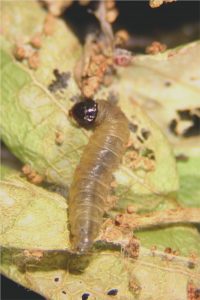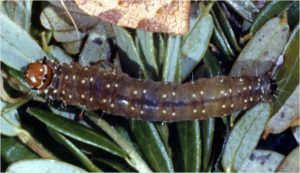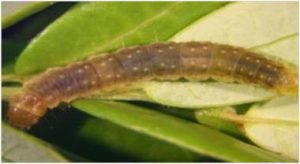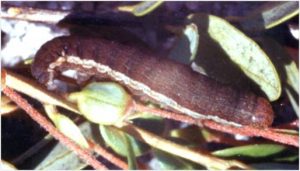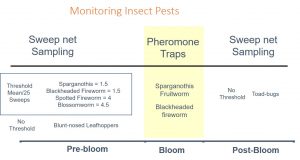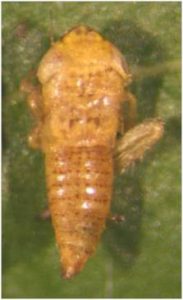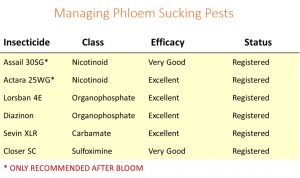“WASHINGTON, May 4, 2021 – The U.S. Department of Agriculture (USDA) today announced a virtual listening session for beginning farmers and ranchers to learn how COVID-19 impacted their farming operations and to get their feedback on USDA assistance. The listening session will take place on May 6, 2021, from 1:30 to 3:30 p.m., Eastern time.”
For more information, visit https://www.nrcs.usda.gov/wps/portal/nrcs/detail/national/newsroom/releases/?cid=NRCSEPRD1772035
